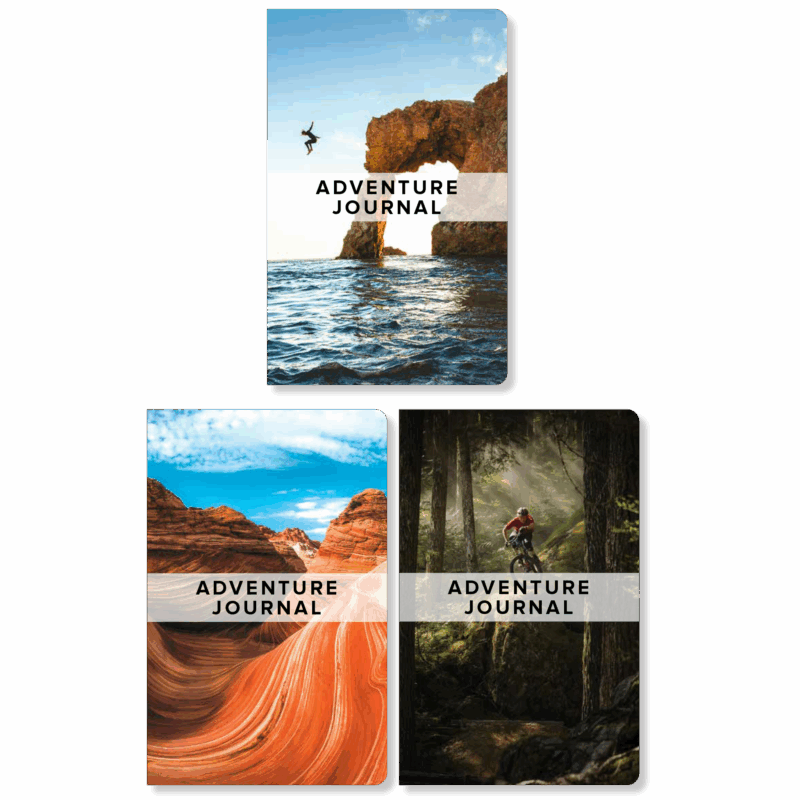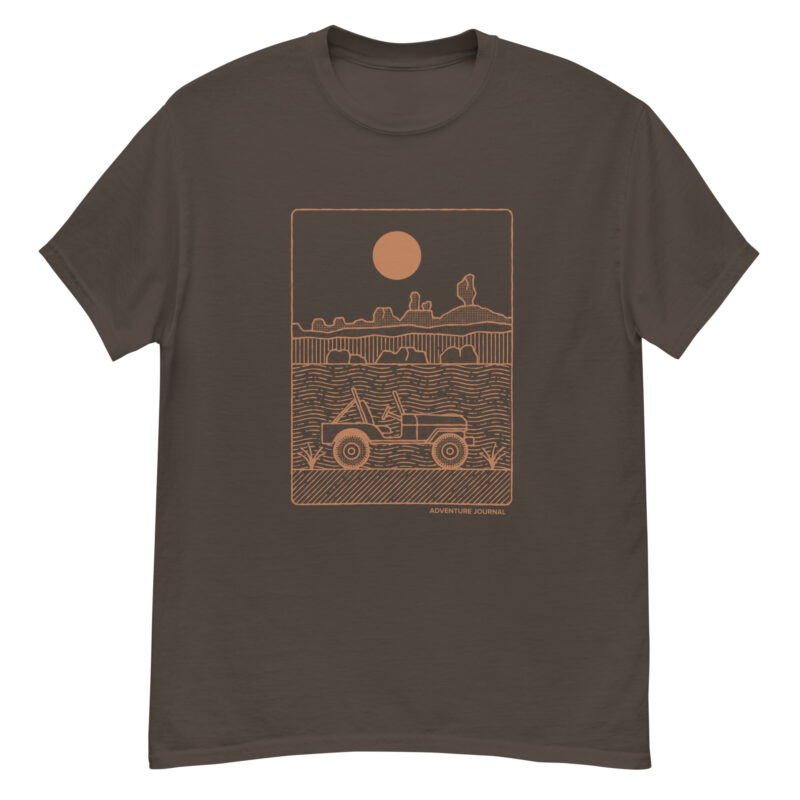If you’ve ever bought a calendar or coffee table book featuring the grandeur of Colorado’s 14’ers, the stunning color photographs were almost certainly by John Fielder.
His output was stupendous: over 40 books of Colorado landscapes published during his career as a nature photographer, which began in 1981. No doubt he had many more books to produce before pancreatic cancer took him on Aug. 11. He was 73.
One book, though, became his blockbuster, appealing to almost everybody’s curiosity about how Colorado had changed over the last 130 years. Called “Colorado, 1870-2000,” the large format, brown-covered book paired 156 historic photos by William Henry Jackson along with Fielder’s contemporary re-photographs.
In introducing the book, Fielder credited a call to Eric Paddock, photo curator for the Colorado Historical Society, for the book’s genesis. Fielder was looking around for his next book, due out in 2000, when he called Paddock about Jackson’s iconic photo of the Mount of the Holy Cross, outlined in snow. When Paddock told him he had that negative along with 22,000 others of Jackson’s work, Fielder said he felt he’d won the jackpot: He could make more than a century of history of change come alive by showing how landscapes altered — or mostly stayed the same — over time.
For months he pored over the negatives there and at two other libraries, selecting those he thought most striking and reproducible. Then, with a helper, art student Eric Bellamy, he drove over 25,000 miles and also hiked 500 miles, carrying 70 pounds of equipment in a backpack, to get the shots he needed.
Sometimes he had to climb mountains — it took two trips up 13, 248 feet-high Notch Mountain to capture Jackson’s photo of Mount of the Holy Cross. Other times he photographed from office buildings or knocked on the door of someone’s house to ask if he could stand on their roof. He said he needed two landmarks to be confident he was photographing from the correct spot.
But Fielder wanted his historic book to include more than photos; he also wanted people to get other perspectives about the history of Colorado.
He asked Eric Paddock to write about Jackson’s life and time, historian Roderick Nash to write about civilization’s impact on nature, and journalist Ed Marston to write a memoir about coming with his family to Colorado from the wilds of New York.
Marston titled his first chapter, “A slow motion invasion of the rural West” by environmentalists like himself, starting in the 1970s. Old mining towns with unpaved streets like Crested Butte were being discovered by ski bums and other young people, he wrote, who thought they’d found a promised land. Of course, what they found they immediately wanted to change.
He also wrote about the hard-to-believe boom — and later bust — of oil shale, along with the changing roles of federal agencies. From their hard emphasis on mining, logging and grazing, the Forest Service and BLM were coming to the reluctant realization that what was needed in the West was restoration, not exploitation.
Marston said it was a treat working with Fielder, another workaholic, and to his surprise, the book’s huge sales actually made him some money.
The book’s well-publicized debut in Denver was a heady time for Fielder and the book’s writers, and all were on hand at a long table to sign each copy. People bought multiple copies as the line of buyers snaked around the block.
It was Fielder’s vision and stamina that led to the success of “Colorado 1870-2000.” He’d masterminded a wonderful book that still shows up on coffee tables and at banks and title companies.
Fielder said he always sought to celebrate the beauty of the natural environment while also inspiring people to become advocates for the land. Now, thanks to his generous donation of 7,263 of his images to History Colorado, much of his work will live forever.
Betsy Marston is the editor of Writers on the Range, writersontherange.org, an independent nonprofit dedicated to spurring lively conversation about the West. She lives in Paonia, Colorado. John Fielder photo, credit Gary Wockner/Save the Colorado.





